© Stadia Maps © Stamen Design © OpenMapTiles © OpenStreetMap contributors
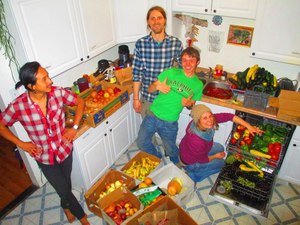 In addition to our efforts mapping the edible plants growing in cities, we've set out to map the world's food-bearing dumpsters. Nearly half of all food produced in the developed world is never eaten. We're hoping to raise awareness around food waste, facilitate the liberation of discarded food, and encourage businesses to donate their food instead.
In addition to our efforts mapping the edible plants growing in cities, we've set out to map the world's food-bearing dumpsters. Nearly half of all food produced in the developed world is never eaten. We're hoping to raise awareness around food waste, facilitate the liberation of discarded food, and encourage businesses to donate their food instead.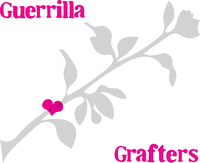 Guerrilla Grafters graft fruit-bearing branches onto ornamental, non-fruiting fruit tree varieties (for example, cities often use sterile fruit trees for their colorful spring blossoms). Over time, delicious, nutritious fruit is made available to neighborhoods thanks to these grafts. You can learn more about the project at guerrillagrafters.org
Guerrilla Grafters graft fruit-bearing branches onto ornamental, non-fruiting fruit tree varieties (for example, cities often use sterile fruit trees for their colorful spring blossoms). Over time, delicious, nutritious fruit is made available to neighborhoods thanks to these grafts. You can learn more about the project at guerrillagrafters.org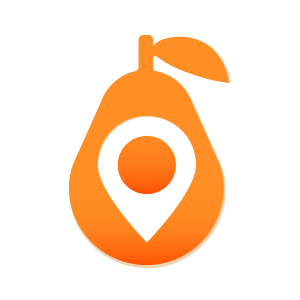 Hello! It looks like you're accessing Falling Fruit from a mobile device. We recently released a crowdfunded mobile app for both Android and iOS mobile platforms. I think you'll find it's much more pleasant to use on your mobile device:
Hello! It looks like you're accessing Falling Fruit from a mobile device. We recently released a crowdfunded mobile app for both Android and iOS mobile platforms. I think you'll find it's much more pleasant to use on your mobile device:
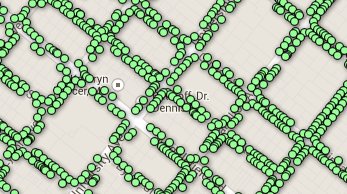 Tree inventories are compiled by institutions seeking to better document and care for their trees. These data are typically collected by trained arborists and are both detailed and exhaustive. We carefully pick out edible species from these inventories and add them to the map for you. Help us map your neighborhood by asking your city (or university, canton, etc) if a tree inventory exists and whether it can be shared on Falling Fruit.
Tree inventories are compiled by institutions seeking to better document and care for their trees. These data are typically collected by trained arborists and are both detailed and exhaustive. We carefully pick out edible species from these inventories and add them to the map for you. Help us map your neighborhood by asking your city (or university, canton, etc) if a tree inventory exists and whether it can be shared on Falling Fruit.
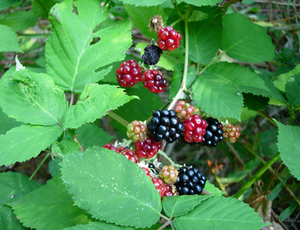 Invasive plants are non-native plants in a given region that outcompete native plants. We highlight invasive plants on Falling Fruit so that you can seek them out and eat them, fighting back invasions one tasty bite at a time! Invasive species are currently only listed for the United States and based on U.S. Department of Agriculture (USDA) state-level noxious and invasive species lists.
Invasive plants are non-native plants in a given region that outcompete native plants. We highlight invasive plants on Falling Fruit so that you can seek them out and eat them, fighting back invasions one tasty bite at a time! Invasive species are currently only listed for the United States and based on U.S. Department of Agriculture (USDA) state-level noxious and invasive species lists.